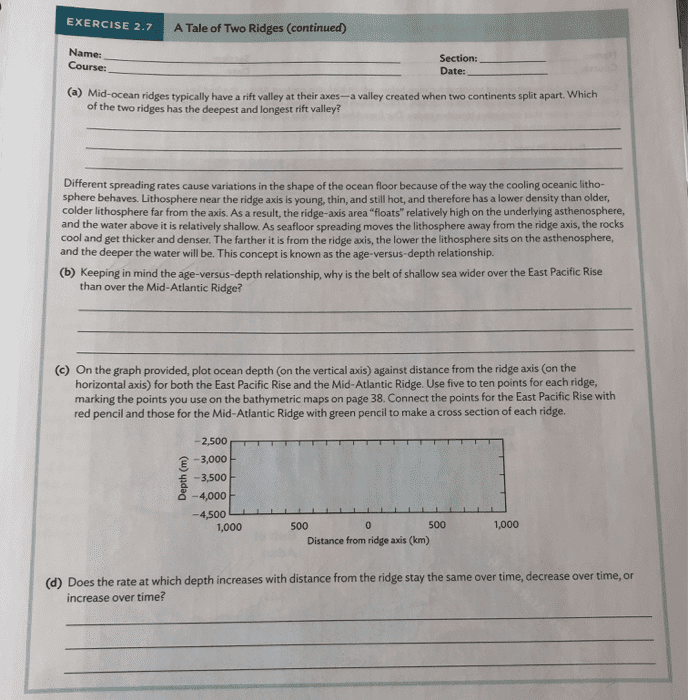The Atlantic and Pacific Oceans are compared and contrasted in terms of location, size, depth, biodiversity, and weather patterns. The Pacific Ocean is the largest and deepest ocean, while the Atlantic is still one of the largest oceans. The Atlantic is influenced primarily by the Gulf Stream, while the Pacific is influenced by the El Niño-Southern Oscillation cycle. The biodiversity in the Pacific is generally considered to be more diverse due to the stronger ocean currents and upwellings caused by its larger size and depth. Ultimately, both oceans play vital roles in the health of the planet and have their own unique beauty.
A Tale of Two Oceans: Atlantic vs. Pacific
As two of the biggest and most well-known bodies of water in the world, the Atlantic and Pacific Oceans are often pitted against one another. They both have their own unique characteristics, which make them each stand out in their own way. In this article, we will compare and contrast the Atlantic and Pacific Oceans to help you understand their similarities and differences.
Location
The Atlantic and Pacific Oceans are both vast bodies of saltwater that cover millions of square miles each. The Atlantic Ocean is located between North and South America to the west and Europe and Africa to the east. The Pacific Ocean is located to the east of Asia and Australia and to the west of North and South America.
Size
The Pacific Ocean is the largest ocean in the world, covering an area of around 63.8 million square miles. The Atlantic Ocean is much smaller, covering only around 41.1 million square miles. Despite its smaller size, the Atlantic Ocean is still up there as one of the largest oceans in the world.
Depth
The Pacific Ocean is also the deepest ocean in the world. It has an average depth of around 12,080 feet, and its deepest point is the Mariana Trench, which is around 36,070 feet deep. The Atlantic Ocean, on the other hand, is much shallower. Its average depth is around 10,990 feet, with its deepest point being the Puerto Rico Trench, which is around 28,231 feet deep.
Biodiversity
The Atlantic and Pacific Oceans both contain a vast array of marine life. However, the biodiversity in the Pacific Ocean is generally considered to be more diverse. This is due to the larger size and depth of the ocean, which allows for stronger ocean currents and upwellings. These currents and upwellings bring nutrients and oxygen to the surface, which supports the growth of phytoplankton, which in turn supports the growth of other marine life.
Weather Patterns
The Atlantic and Pacific Oceans are both affected by different weather patterns. The Atlantic Ocean is primarily influenced by the Gulf Stream, which brings warm water from the Gulf of Mexico up to the North Atlantic. This causes the climate in Europe to be warmer than other areas at the same latitude. The Pacific Ocean, on the other hand, is influenced by the El Niño-Southern Oscillation (ENSO) cycle. This cycle, which occurs every 2 to 7 years, causes fluctuations in water temperature and can lead to changes in weather patterns around the world.
Conclusion
At the end of the day, both the Atlantic and Pacific Oceans are vast bodies of water that play vital roles in the health of our planet. Whether you are exploring the coral reefs of the Pacific or sailing through the Gulf Stream in the Atlantic, both oceans have something unique and exciting to offer.
So, the next time you find yourself asking which ocean is better, remember that each has its own unique beauty, and it is up to us to appreciate and protect them both.
